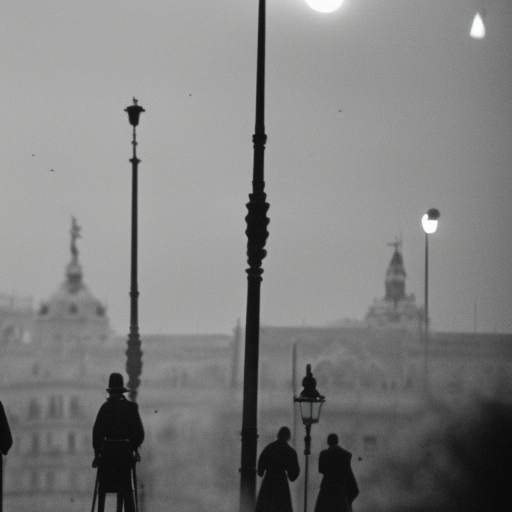Siege of Madrid: The Battle for the Spanish Capital
The Siege of Madrid was a significant event that took place during the Spanish Civil War from 1936 to 1939. It was a crucial battle between the Nationalist forces, led by General Francisco Franco, and the Republican government defending the Spanish capital. The siege lasted from November 1936 to March 1939 and resulted in a Nationalist victory, marking a turning point in the war.
Background
The Spanish Civil War erupted in 1936 when a military uprising led by General Franco attempted to overthrow the Republican government. Madrid, as the capital of Spain, became a key strategic target for both sides. The Republicans were determined to defend the city, while the Nationalists sought to capture it and gain control over the country.
The Siege Begins
The Siege of Madrid began on November 8, 1936, when Nationalist forces launched an offensive to capture the city. The Republicans, however, were prepared for the attack and put up a fierce resistance. The city’s population, including workers, intellectuals, and volunteers from around the world, joined the fight to defend Madrid.
Key Battles and Tactics
Throughout the siege, several key battles took place. The Battle of Ciudad Universitaria, fought in November 1936, was a major engagement where Republican forces successfully repelled the Nationalist advance. The Battle of Jarama in February 1937 was another significant confrontation, resulting in heavy casualties on both sides.
Both the Republicans and Nationalists employed various tactics during the siege. The Republicans utilized a strategy of urban warfare, using barricades, tunnels, and sniper positions to defend the city. The International Brigades, composed of foreign volunteers, played a crucial role in the defense of Madrid. The Nationalists, on the other hand, relied on artillery bombardments and attempted to cut off supply lines to weaken the Republican forces.
The International Dimension
The Siege of Madrid attracted international attention and support. Volunteers from around the world, including the Soviet Union, Germany, Italy, and other countries, joined the fight on both sides. The International Brigades, composed of foreign volunteers sympathetic to the Republican cause, played a significant role in the defense of Madrid. Their involvement highlighted the ideological divisions and international tensions of the time.
The Fall of Madrid
Despite the valiant defense put up by the Republicans, the Nationalists gradually gained the upper hand. By March 1939, after more than two years of fighting, the Nationalist forces finally captured Madrid. The fall of the city marked a turning point in the Spanish Civil War, as it effectively ended Republican resistance and led to the establishment of Franco’s dictatorship.
Legacy
The Siege of Madrid left a lasting impact on Spain. The battle showcased the determination and resilience of the Republican forces, as well as the destructive power of modern warfare. It also highlighted the international dimension of the conflict and the ideological divisions that fueled it. The fall of Madrid marked the beginning of Franco’s authoritarian regime, which lasted until his death in 1975.
In conclusion, the Siege of Madrid was a critical event during the Spanish Civil War. It was a prolonged battle for the control of the Spanish capital, with the Nationalist forces ultimately emerging victorious. The siege demonstrated the determination of the Republican defenders and the international involvement in the conflict. The fall of Madrid had far-reaching consequences, leading to the establishment of Franco’s dictatorship and shaping the course of Spanish history for decades to come.












